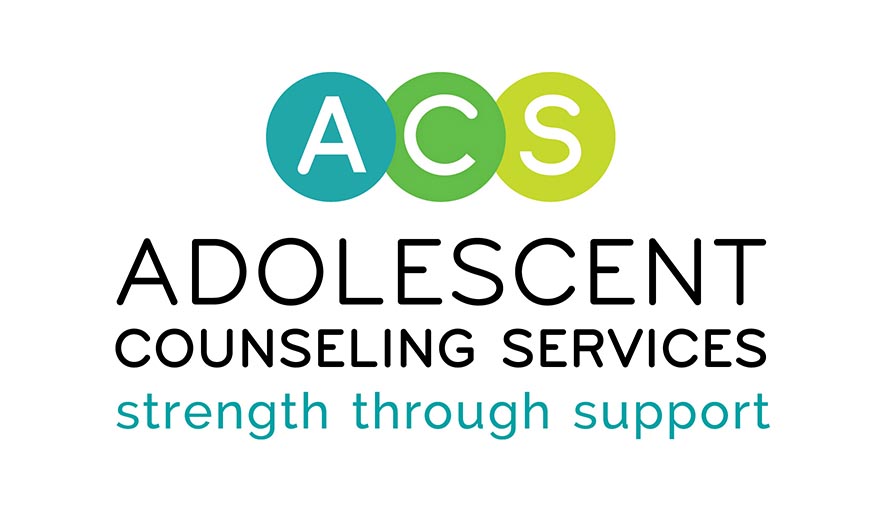
The Opioid Epidemic and Its Effect on Adolescents
Written By: Julie Hsu, MFT Trainee at ACS, On-Campus Counseling Program
The opioid crisis
has gotten a lot of publicity, but the general belief has been that children and adolescents are seldom affected. However, what began as a public health problem of primarily young and middle-aged males is now an epidemic of prescription and illicit opioid abuse that is taking its toll on all segments of society, including children and adolescents.
Millions of children and adolescents are routinely exposed to these potent and addictive drugs in their homes, schools, and communities, however, most policies and practices in the opioid field have focused on adults. Research released last year in the Journal of Pediatrics showed that the number of children and adolescents admitted to hospitals for opioid overdoses nearly doubled from 2004 to 2015. Over the 18-year duration of the study, mortality rates in adolescents aged 15 to 19 years nearly tripled.
Substance use is especially serious in teens. Their brains are still developing, and they are particularly vulnerable to becoming addicted to alcohol and drugs, including opioids. Opioids act by changing neurotransmission in the brain. Drug abuse in the teenage years may cause long-lasting effects on the developing brain. Teens are also less likely than adults to have access to treatment programs and medications. The majority of drug treatment centers are geared toward adults, and far fewer providers prescribe medications recommended for treatment of opioid addiction, like buprenorphine, to youth.
Additionally, developmental needs of teens are different. For example, successful substance use treatment programs geared toward teens (and even some young adults) are often family-based, incorporating parents, siblings and others close to the adolescent in treatment. These programs address issues that contribute to the substance use, such as family conflict and mental health concerns.
If parents suspect that their child might be experimenting with drugs or alcohol, the first step is to keep the lines of communication open. Talk openly about the subject, the potential harm of drugs and alcohol, and try to understand what kids (and peers, who influence them) might be exposed to.
A local resource is ACS’ Adolescent Substance Abuse Treatment Program (ASAT) which provides professional assessment and outpatient treatment services specifically designed for youth struggling with substance abuse and/or addiction. For more information about the Adolescent Substance Abuse Treatment Program or to schedule an appointment, please contact the Intake Coordinator at 650.424.0852 x108.
Resources and helpful websites:
-
- http://atforum.com/2019/01/shocking-facts-opioid-deaths-very-young/
- https://www.cnn.com/2018/12/28/health/pediatric-opioid-deaths-study/index.html
- Gaither JR, Shaban ova V, Leventhal JM. US National trends in pediatric deaths from prescription and illicit opioids, 1999-2016. Original Investigation / Pediatrics. JAMA Network Open. 2018;1(8);e186558. doi:10.1001/jamanetworkopen.2018.6558.
- https://health.usnews.com/health-care/patient-advice/articles/2017-08-01/battling-opioid-addiction-in-adolescents
- https://health.usnews.com/health-care/patient-advice/articles/2017-08-01/battling-opioid-addiction-in-adolescents
- https://pcssnow.org/resource/opioid-abuse-adolescents-young-adults/
